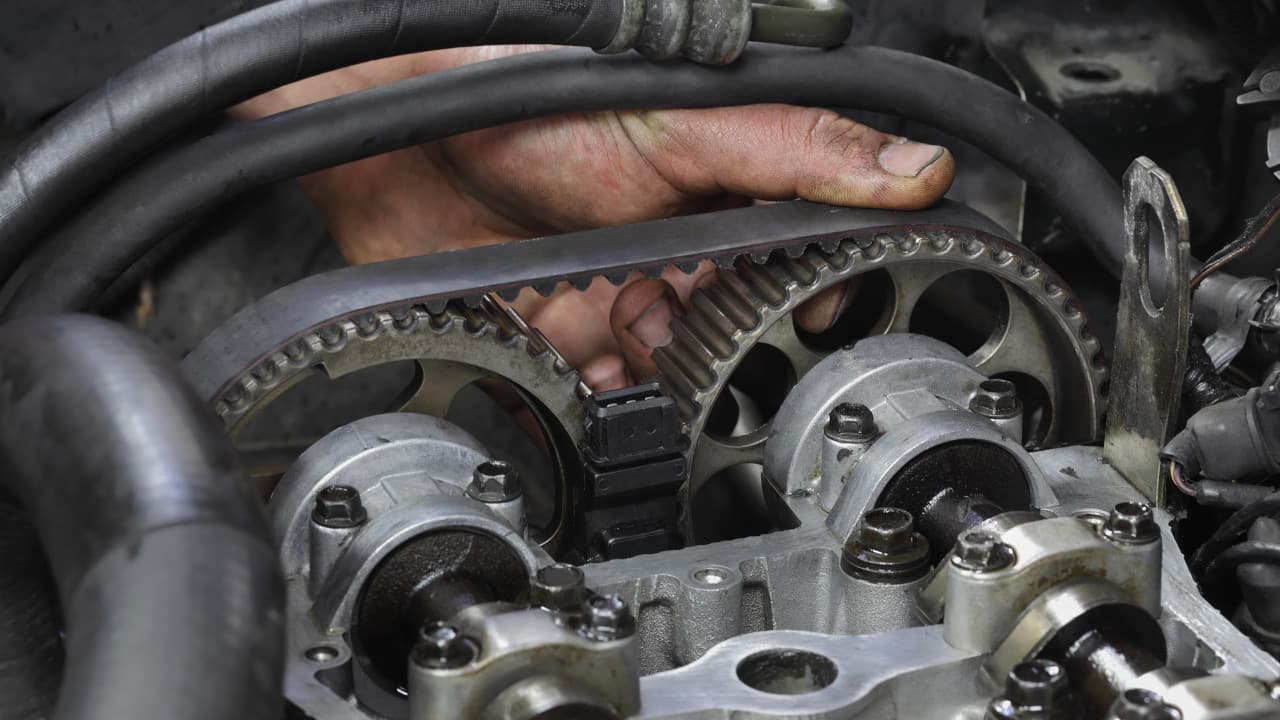- Arabic
- French
- Russian
- Spanish
- Portuguese
- Turkish
- Armenian
- English
- Albanian
- Amharic
- Azerbaijani
- Basque
- Belarusian
- Bengali
- Bosnian
- Bulgarian
- Catalan
- Cebuano
- Corsican
- Croatian
- Czech
- Danish
- Dutch
- Afrikaans
- Esperanto
- Estonian
- Finnish
- Frisian
- Galician
- Georgian
- German
- Greek
- Gujarati
- Haitian Creole
- hausa
- hawaiian
- Hebrew
- Hindi
- Miao
- Hungarian
- Icelandic
- igbo
- Indonesian
- irish
- Italian
- Japanese
- Javanese
- Kannada
- kazakh
- Khmer
- Rwandese
- Korean
- Kurdish
- Kyrgyz
- Lao
- Latin
- Latvian
- Lithuanian
- Luxembourgish
- Macedonian
- Malgashi
- Malay
- Malayalam
- Maltese
- Maori
- Marathi
- Mongolian
- Myanmar
- Nepali
- Norwegian
- Norwegian
- Occitan
- Pashto
- Persian
- Polish
- Punjabi
- Romanian
- Samoan
- Scottish Gaelic
- Serbian
- Sesotho
- Shona
- Sindhi
- Sinhala
- Slovak
- Slovenian
- Somali
- Sundanese
- Swahili
- Swedish
- Tagalog
- Tajik
- Tamil
- Tatar
- Telugu
- Thai
- Turkmen
- Ukrainian
- Urdu
- Uighur
- Uzbek
- Vietnamese
- Welsh
- Bantu
- Yiddish
- Yoruba
- Zulu
Nov . 21, 2024 12:02 Back to list
the timing belt
Understanding the Timing Belt An Essential Component of Your Vehicle
The timing belt is a critical component in many internal combustion engines, responsible for synchronizing the rotation of the crankshaft and the camshaft(s). This synchronization is vital for ensuring that the engine's valves open and close at the proper times during each cylinder's intake and exhaust strokes. A properly functioning timing belt maintains the engine's efficiency, performance, and longevity.
The Role of the Timing Belt
The main function of the timing belt is to keep the crankshaft and camshaft in sync. The crankshaft transforms the linear motion of pistons into rotational motion, while the camshaft controls the opening and closing of the engine's valves. If the timing belt were to fail, even momentarily, it could lead to catastrophic engine damage. In interference engines, where the space between the pistons and valves is minimal, a broken timing belt can cause the pistons to collide with the open valves, resulting in bent valves, damaged pistons, or a completely wrecked engine.
Materials and Construction
Timing belts are typically made from reinforced rubber and often have fiberglass or metal strands for added strength and durability. This construction allows them to withstand high temperatures and pressures within the engine environment. Unlike timing chains, which are made of metal and can last the lifetime of the vehicle under normal conditions, timing belts generally require replacement at regular intervals, usually between 60,000 to 100,000 miles, depending on the vehicle manufacturer's recommendations.
Signs of Wear
the timing belt

One of the challenges of maintaining a timing belt is that it can wear out without obvious signs, making it crucial for vehicle owners to be proactive. However, there are some signs that might indicate a failing timing belt. These include
1. Engine Misfiring If the timing is off, the engine may misfire, leading to a rough idle or poor performance. 2. Unusual Noises A failing timing belt may produce a high-pitched whirring or squealing noise, indicating that it might be loose or worn. 3. Oil Leaks Sometimes, the timing belt can develop oil leaks from the timing cover, which can lead to its degradation over time. 4. Check Engine Light Illumination of the check engine light on the dashboard can also indicate issues with the timing belt or related components.
Replacement and Maintenance
Replacing a timing belt is an important part of vehicle maintenance. Most manufacturers recommend changing the timing belt every 60,000 to 100,000 miles, but it’s crucial to refer to the owner's manual for specific guidelines. The replacement process can be complex, involving the removal of various engine components and sometimes requiring special tools. Many vehicle owners opt to have a professional mechanic handle the replacement to ensure it is done correctly.
In addition to the timing belt itself, it is advisable to replace the related components, such as the tensioner and idler pulleys, during the same service. These parts work in unison with the timing belt, and replacing them can add to the longevity and reliability of your engine.
Conclusion
The timing belt may be a small component in the big picture of engine functionality, but it plays a vital role in the overall operation of your vehicle. Regular maintenance and timely replacement can save you from costly repairs and extend the life of your engine. Be attentive to the signs of wear and abide by your manufacturer’s recommendation for service intervals. By doing so, you ensure that your vehicle runs smoothly and efficiently for miles to come. Always remember a proactive approach to car maintenance is the best defense against unexpected breakdowns.
-
Korean Auto Parts Timing Belt 24312-37500 For Hyundai/Kia
NewsMar.07,2025
-
7PK2300 90916-T2024 RIBBED BELT POLY V BELT PK BELT
NewsMar.07,2025
-
Chinese Auto Belt Factory 310-2M-22 For BMW/Mercedes-Benz
NewsMar.07,2025
-
Chinese Auto Belt Factory 310-2M-22 For BMW/Mercedes-Benz
NewsMar.07,2025
-
90916-02660 PK Belt 6PK1680 For Toyota
NewsMar.07,2025
-
drive belt serpentine belt
NewsMar.07,2025

